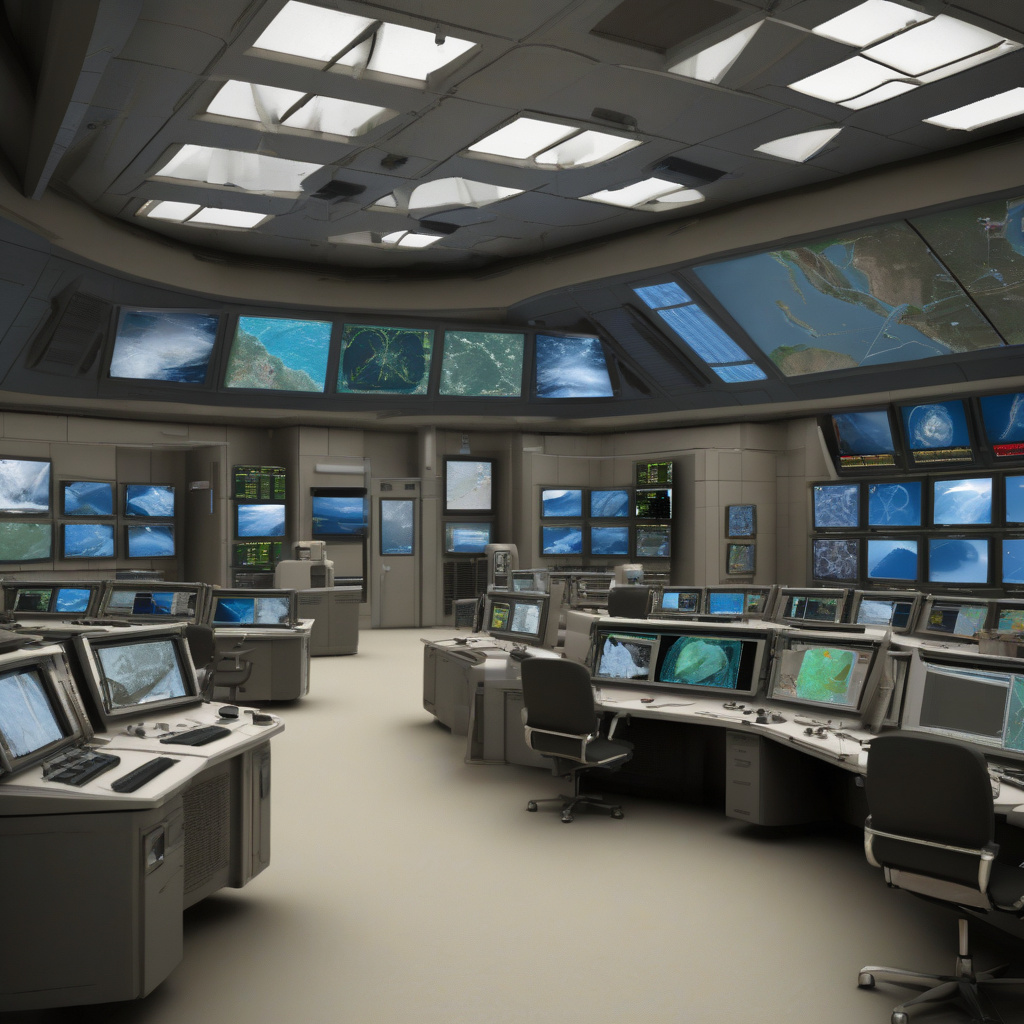Disaster prediction technology stands as a critical tool in our modern world, offering the promise of early warnings and potentially saving countless lives. However, recent events have raised questions about its reliability. Google’s admission that its early warning system failed during the 2023 earthquake serves as a stark reminder of the challenges we face in predicting and preparing for disasters. This incident underscores the need for a closer examination of the technologies we rely on for such crucial tasks.
In the digital age, where data and algorithms play an increasingly significant role in decision-making processes, the reliability of disaster prediction technology becomes a paramount concern. While these systems hold the potential to provide valuable insights and alerts, their effectiveness ultimately hinges on a multitude of factors, from the quality of data input to the sophistication of the algorithms driving the predictions.
One key aspect to consider is the complexity of natural disasters themselves. Earthquakes, hurricanes, and other catastrophic events are often unpredictable in their exact timing and magnitude. This inherent variability poses a significant challenge for even the most advanced prediction technologies. While machine learning and AI algorithms have shown promise in analyzing historical data patterns to forecast potential disasters, they are not infallible.
Moreover, the reliability of disaster prediction technology is also contingent on the availability and accuracy of real-time data. In the case of Google’s early warning system failure during the 2023 earthquake, the inability to provide timely and precise information proved to be a critical shortcoming. Without up-to-date data and seamless communication channels, even the most sophisticated prediction algorithms may fall short in delivering actionable insights.
Despite these challenges, ongoing advancements in technology continue to enhance the capabilities of disaster prediction systems. Improved sensor networks, enhanced data analytics, and better integration of AI-driven algorithms are steadily enhancing the accuracy and timeliness of disaster forecasts. For instance, the development of IoT devices and remote sensing technologies enables a more comprehensive monitoring of environmental conditions, contributing to more reliable predictions.
In assessing the reliability of disaster prediction technology, it is crucial to acknowledge that these systems operate within a dynamic and evolving landscape. While no technology can offer foolproof predictions, continuous refinement and innovation are key to improving their effectiveness. Collaborative efforts between tech companies, research institutions, and government agencies are essential in driving progress in this field.
As we navigate the complexities of disaster prediction technology, it is essential to maintain a balanced perspective. While recent events like Google’s system failure serve as cautionary tales, they also highlight the importance of ongoing vigilance and improvement. By fostering a culture of transparency, accountability, and innovation, we can strive towards more reliable and effective disaster prediction systems that truly serve the common good.
In conclusion, the reliability of disaster prediction technology remains a subject of ongoing scrutiny and advancement. While setbacks and failures may occur, they serve as opportunities for learning and growth. By embracing a proactive approach to technology development and fostering collaboration across sectors, we can work towards more robust and dependable systems that enhance our resilience in the face of natural disasters.

